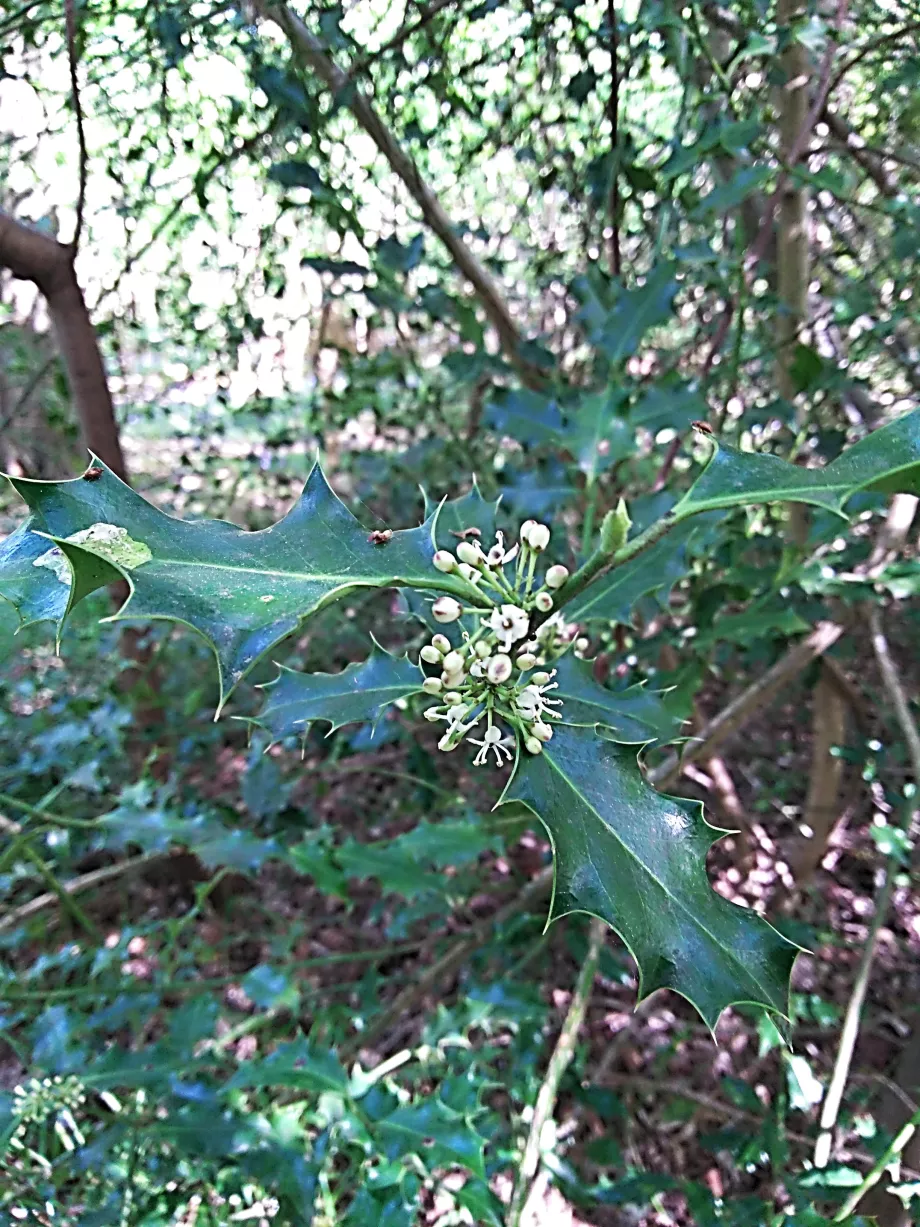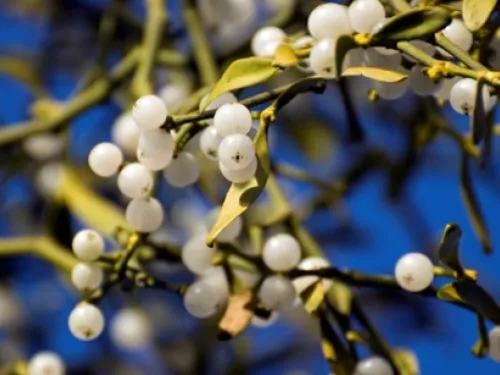A fresh green of bursting leaves creep over the hawthorn bushes, and already bees and hoverflies are searching out the first white flowers.
From deep within, the short bouncy notes of a blackcap can be heard. Flown from its overwintering grounds in Southern Europe or North Africa.
As our path crosses the field we stop to look with our binoculars down into the depths of the farm pond. A single bubble briefly disturbs the surface, and we see a male common newt turn quickly from taking a breath of air, and wiggle away, darkly blotched, a wavy crest over his back, dives to greet a golden-brown speckled female. He follows her in a courtship dance, flashing the colours at the base of his tail as he wafts his irresistible scent to attract her to pick up the sperm packet he will drop for her. If you have a pond in your garden, you may see this spectacle yourself. Newts and other wildlife are quick to colonise garden ponds.







